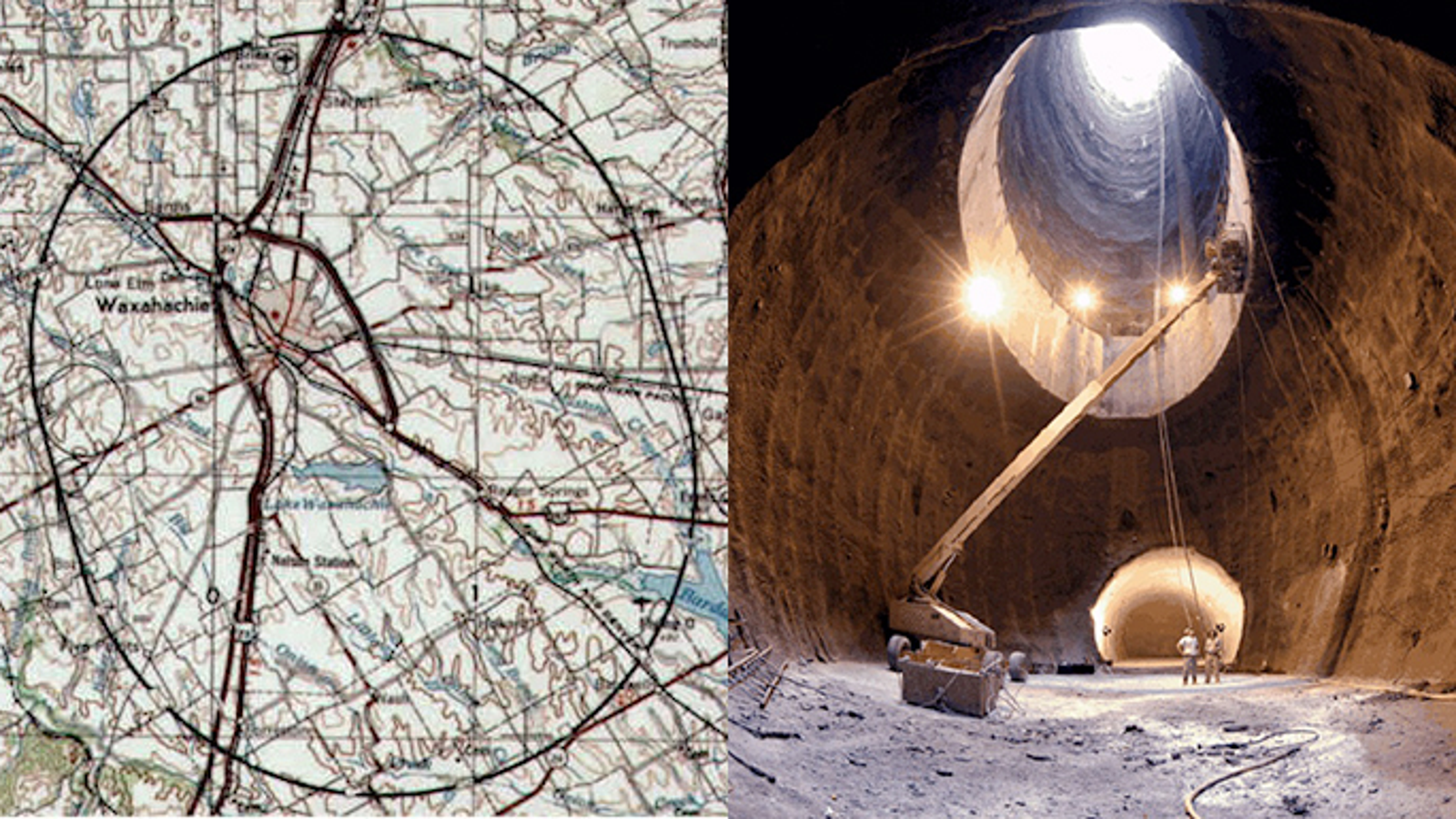

During transgression, bottom currents syndepositionally reworked nannoplankton oozes, incising channels as much as 120 ft across and 8 ft deep. Transgressive (lowermost lower Austin Chalk), highstand (uppermost lower Austin Chalk), and regressive (middle and upper Austin Chalk) phases of cyclic chalk and marl sedimentation are recognized in excavations and tunnels created in Ellis County for the Superconducting Super Collider provide new evidence of sediment transport during Austin Chalk deposition. The Austin Chalk of north Texas was deposited on a deep-water shelf north of the Sea Marcos Platform during a worldwide Coniacian and Santonian sea-level highstand. Most structural features exposed along the collider path developed in response to sediment loading in the Gulf basin the imposed stresses resulted in rotation and possible sliding of a large stratal mass gulfward. Joints present in the SSC vicinity are nearly vertical and usually reflect the local structure. 7 refs., 8 figs., 1 = at places, (3) crystalline calcite fracture fillings with slickensides preserved on the outer surfaces of the fillings, and (4) broad (up to 1 mi, or 1.6 km, wide), northward-trending flexures that occur at some places.

Design is underway, with an expected bid date before the end of 1990, and with start of construction following in the spring of 1991.

Construction will be in weak rock lithologies, including mudstones, marls, and chalks with compressive strengths typically between 3 psi (2.0 and 17.2 MPa). The first tunnel segment to be designed and constructed will include approximately 5.9 mile (9.4 km) of 12 ft (3.7 m) finished internal diameter tunnel, four shafts up to 55 ft (16.8 m) diameter, and various connecting tunnels and adits. The injector system and main collider ring will be housed in 70 mile (110 km) of tunnel, and the project will include additional shafts and underground enclosures with clear spans up to 30 ft (10 m) at depths of more than 250 ft (75 m). The Superconducting Super Collider (SSC) project will be constructed for the United States Department of Energy at a competitively-selected site in Ellis County, Texas, about 30 mile (50 km) south of the central business district of Dallas.


 0 kommentar(er)
0 kommentar(er)
